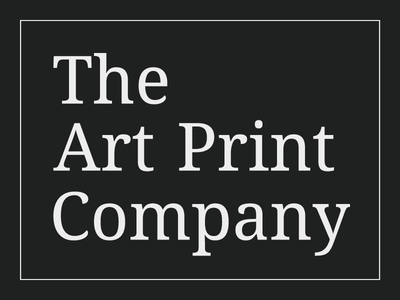Composition 8 - Abstract by Wassily Kandinsky 1923 - Wall Art Photo Poster Print
ROLLED PHOTO POSTER PRINTContact us if you require a custom size.
Printed using only high quality inks on gallery grade 280 GSM premium lustre photo paper with a semi matte/gloss finish to ensure a sharp vibrant image. The prints are trimmed to the edge of the image. Please add a note when ordering if you would like to add a specified white border to assist with framing.
(frame not included)Orders dispatched the next working day. Estimated UK delivery 1-2 days, international 8-10 working days or less.
Composition 8 - Abstract by Wassily Kandinsky 1923
"Composition 8" is a seminal abstract painting created by the Russian artist Wassily Kandinsky in 1923. It is part of his series of works that explore the interplay of colours, shapes, and forms to evoke emotions and spiritual experiences rather than representational imagery.
In "Composition 8," Kandinsky employs bold colours and geometric shapes to construct a dynamic and visually captivating composition. The canvas is filled with intersecting lines, circles, rectangles, and arcs, arranged in a harmonious yet energetic manner. The colours range from vibrant primaries to softer pastels, creating a sense of depth and movement within the painting.
One striking aspect of "Composition 8" is its sense of rhythm and balance. Kandinsky masterfully orchestrates the arrangement of shapes and colours to create a sense of visual harmony and unity. Despite the apparent chaos of the forms, there is an underlying structure and order that draws the viewer's eye across the canvas.
At the same time, "Composition 8" exudes a sense of dynamism and spontaneity. The shapes seem to pulse and vibrate, conveying a sense of movement and energy. This dynamic quality is enhanced by Kandinsky's use of bold brushstrokes and fluid lines, which give the painting a sense of immediacy and vitality.
Overall, "Composition 8" is a testament to Kandinsky's innovative approach to abstract art. Through his use of colour, shape, and form, he invites viewers to explore the depths of their own imagination and emotions, transcending the boundaries of traditional representation and paving the way for a new era of artistic expression.




